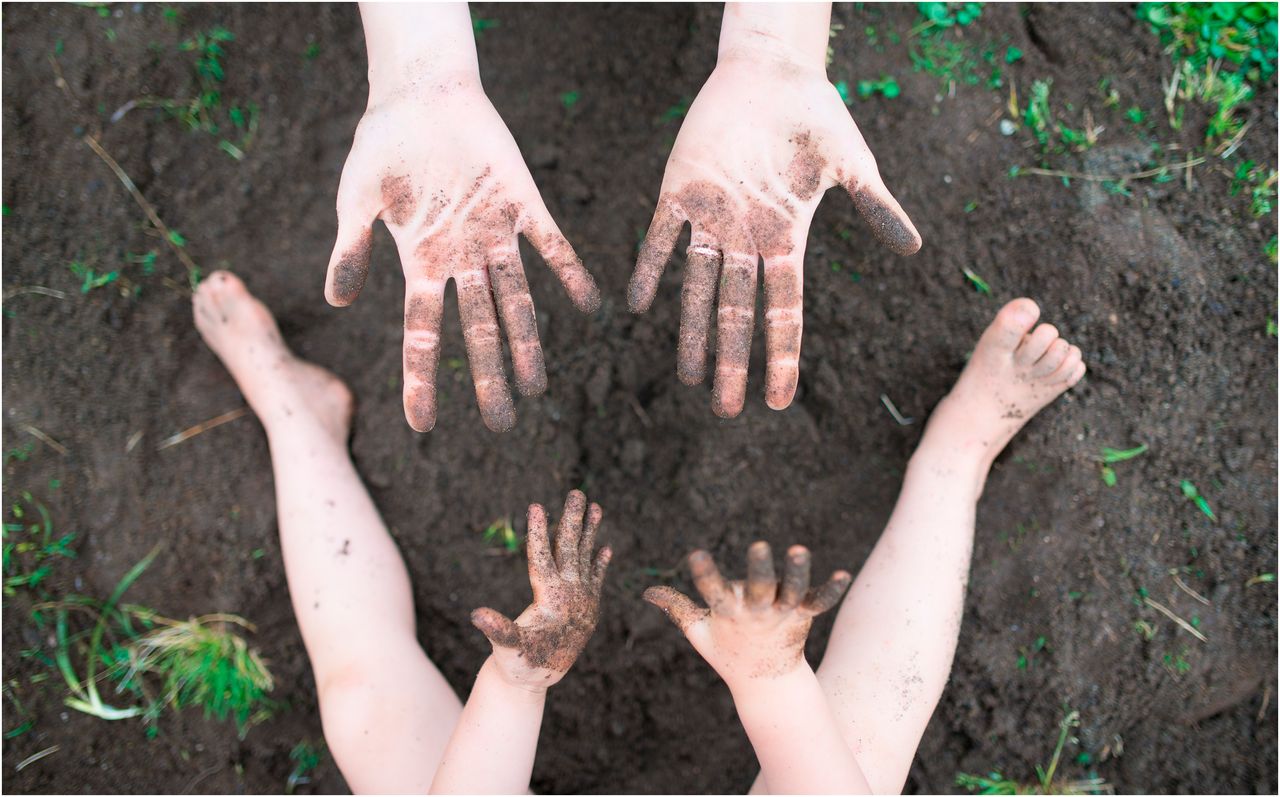By: G. P. Sinha, Consulting Editor-ICN Group
Good Hygiene Habits Start Early
LUCKNOW: There’s more to hygiene than hand washing, though that’s a good start. Setting up a routine of healthy hygiene when your kids are young can create habits that last throughout their lives. Use our head to toenails guide and create good hygiene habits for your kids
Hair Washing
Most younger children can get away with washing their hair two or three times a week. In fact, washing hair too often can dry out young scalps, making them more prone to dandruff. As kids enter their tweens and teens, the hormonal effects of puberty take hold, making their hair greasy and a good shampooing at least every other day necessary.
Bathing
Young children either love the bath or hate it. On non-shampoo days, you can make a thorough bath into a fun game. Have your child put on their bathing suit and plop them into the tub with a washcloth, a bowl of warm soapy water, and a bowl of warm rinse water. Make sure they know that the washcloth goes into the soapy water before scrubbing a body part then into the rinse water before repeating.
Skin Care
Toddlers and preschoolers still need parents to help them with skin care, as rashes, bumps, and scabs are par for the course at this age. Before your child gets dressed after their bath, help them look over their skin from head to toe to make sure there aren’t any new blemishes that need tending to.
Oral Hygiene
Clean teeth and gums can prevent everything from bad breath to cavities to heart disease later in life. Your child should be brushing and flossing at least twice a day, if not after every meal. Older children can carry tooth-brushing kits in their backpacks to brush at school. Younger children can participate in their oral hygiene by helping you time the full two minutes a good brushing requires
Hand washing
Hand washing is an integral piece of good hygiene. Washing before and after meals, after playing in the dirt, or with pets, and after being in contact with someone who is sick is the best way to eliminate germs. Remember to let your child know the importance of scrubbing with soap for the amount of time it takes to sing “Happy Birthday” twice
- Glitter Hands
Some children only rinse their hands quickly under water, if they wash at all. But hands should be scrubbed with an antibacterial soap for at least 15 to 20 seconds. Sprinkle glitter on your child’s hands and challenge him off to wash the glitter with soap and water. Because glitter is naturally sticky, it will take up to 30 seconds to scrub the glitter away. Then indicate that your child should scrub off germs like he did the glitter each time that he washes. Washing hands can greatly reduce the spread of germs.
Nails
Fingernails are a breeding ground for bacteria. The germs that live under your child’s nails are easily transferred to their eyes, nose, and mouth. Invest in a good nail brush and help your child scrub the dirt out from under their nails before bedtime. A weekly clipping will help get rid of dirt and reduce the possibility of painful ingrown nails.
Toileting
Once young children become toilet-trained, you’ll need to focus on the habits that keep little parts clean. Teach them to wipe thoroughly from front to back and wash their hands when they’re done. These healthy habits will help minimize irritation and keep infections at bay.
- Germ Transfer
Teach children about the spread of germs by showing how germs can live on hands and the things they touch. Pretend to sneeze, and when you do, cover your hands in a washable paint. Then go about your business, touching things around the room. The kids will see the transfer of germs. After the exercise, have the kids find and tally all the surfaces where germs now live from your transferring them around the room.
- Matching Game
You can play a matching game that teaches kids the various tools for personal hygiene and which body part to use them on by creating a matching game. On one set of cards, draw pictures of soap, a toothbrush, fingernail clippers or mouthwash. Then create another set of cards that shoes hands, teeth, nails and mouth. Flip all of the cards over and have the children try to match the tool to the body part.
- Hygiene Charades
Help kids get the motions right by playing hygiene charades. One child picks an action for hygiene, such as brushing teeth, coughing into a sleeve or taking a shower. Then the child acts out the hygiene habit without using any words. The other children guess what action is being portrayed and then you talk about the proper way to do each hygiene habit.




